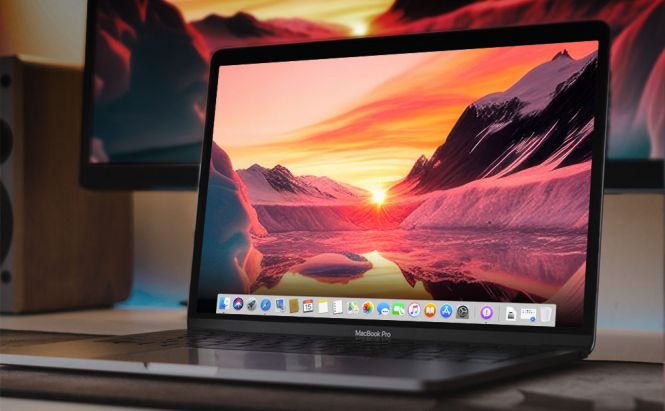 Best macOS Tips to Broaden Your User Experience Horizons
Best macOS Tips to Broaden Your User Experience Horizons
A staple of the computer market and ever-changing technology industry, macOS is the most trustworthy and productive operating system. Representing loads of essential features and straightforward interface design, the versatile Apple OS is an ideal choice for both power users and novices alike. Along with the basic tools for fundamental needs, there are plenty of lesser-known but efficient macOS shortcuts and tricks to keep in your arsenal. Check out these easily overlooked and not so obvious tips to streamline your workflow and increase productivity on your Mac.
How to screen record on Mac with audio
If you are using macOS Mojave and later, the most hassle-free way to incorporate video and sound while recording your screen is the built-in screen recording feature – Screenshot Toolbar. With this totally free, pre-installed tool, you won’t need to download any third-party software to capture your Mac screen with external audio like the microphone sound. Just go through the steps below and handily record videos with your talking voice.
Step 1. Activate Screenshot Toolbar by pressing Command + Shift + 5.
Step 2. The key combination will launch onscreen controls for recording where you can set the recording area: ‘Record Entire Screen’ or ‘Record Selected Portion’.
Step 3. To adjust the recording setting, including simultaneous sound capturing, click ‘Options’, choose ‘Microphone’, and select an available sound capturing device to record sound from.
Step 4. Hit ‘Record’ to start recording and click on the ‘Stop’ icon once the process is complete.
Still, if you need to record system sounds, such as the audio from a playing video, you can use the QuickTime Player application with a free Mac screen recorder and an open-source extension Soundflower.
Step 1. Download and install the Soundflower extension.
Step 2. Open ‘System Preferences’ > ‘Sound’ and set the extension as your audio output device.
Step 3. Launch QuickTime on your Mac and go to ‘File’ > ‘New Screen Recording’ to start recording.
Step 4. Change the recording settings by clicking ‘Options’ and choose ‘Soundflower’ from the ‘Microphone’ menu.
How to show hidden files on Mac
The most straightforward way to search secret files within a folder on macOS is to launch the Finder and press the Command + Shift + . (full stop/period) combination, which will show the hidden files as translucent. In case you need to obscure the files again, press the same hotkeys one more time.
This keyboard shortcut reveals hidden files on Mac in any folder in the Finder. The exception is the Library folder, which mainly contains system files and automatically saved copies of Word documents. To track the old files and access the secret folder, press the Option key in the Finder and click Go in the menu bar.
How to use Split View on Mac
With Split View, you can run multiple sections on one screen, each with its own set of information, without having to constantly tab back and forth. Before getting started with the useful feature, make sure neither window you’re going to use is in full-screen mode. In one of the tabs you want to work with, place your pointer over the green button in the upper-left corner. Click ‘Tile Window to Left of Screen’ or ‘Tile Window to Right of Screen’ from the drop-down menu to automatically enter the split-screen mode.
After that, other open tabs will be displayed on the other side of the screen. Use the vertical line in the center of the screen to adjust the size of the windows and click the full-screen green button in either of the windows to exit the Split View mode.
These useful macOS tips will change the way you interact with your Apple PC and greatly simplify your digital workflow, saving you a lot of time and effort. Which one do you find the most efficient? What are your favorite user tricks for Mac? Share your ideas in the comments below.






- Easily navigate trough your open apps: press Cmd + Tab
- In the dock, hide the windows of the front app (minimizes the app): press Cmd+option and click on the app
- In macOS menu bar, show more info about the Wifi: press Option key + click on the Wifi symbol. You can also get more info for the volume (same procedure).
Rearrange the icons of the menu bar: hit command + click on any app symbol and drag and drop it where you want.